
haring sensitive business documents is like walking a tightrope. Companies must balance accessibility with security, especially when dealing with confidential information. Traditional cloud storage solutions like Dropbox or Google Drive often fall short when handling sensitive data. One solution to this problem is using virtual data rooms (VDRs).
What’s a Virtual Data Room?
Think of a virtual data room as a digital fortress for sensitive documents. Unlike regular cloud storage, a VDR provides bank-level security while allowing controlled access to confidential information. It’s like having a high-security vault that you can access from anywhere in the world.
A VDR goes beyond simple file storage. It’s a sophisticated platform designed for secure document sharing, particularly during critical business processes like mergers and acquisitions, due diligence, or legal proceedings.
But who actually needs this level of security? More businesses than you might think. Investment bankers use VDRs to share financial documents during complex deals. Law firms rely on them to maintain client confidentiality while sharing case files. Real estate developers use them to distribute property information to potential investors securely. Even healthcare organizations depend on VDRs to protect sensitive patient data while collaborating with partners.
Essential VDR Features
When it comes to choosing a virtual data room, you’ll find countless features listed in sales pitches. But which ones actually matter? Let’s cut through the noise and focus on what truly makes a VDR worth your investment.
Advanced Security
Modern virtual data rooms implement multiple security layers to protect sensitive data. Beyond standard encryption protocols, leading VDR solutions deploy advanced security measures, including:
Sophisticated encryption methods that secure data both in transit and at rest, typically utilizing 256-bit encryption standards. Document-level security features such as dynamic watermarking ensure traceability while preventing unauthorized distribution. Multi-factor authentication adds an essential layer of access security, which is particularly crucial during sensitive transactions.
Precision Access Control
Practical virtual data rooms provide granular permission settings that enable administrators to control document access precisely. This extends beyond basic read/write permissions to include:
Document-specific access levels allow organizations to maintain control over sensitive information. Time-based permissions that automatically expire reduce risk during time-sensitive transactions. View-only access with print and download restrictions ensures information remains within the secure environment.
Comprehensive Audit
Advanced audit functionality provides detailed insights into document access and user behavior. This capability serves multiple critical functions:
Maintaining detailed records of all document interactions is essential for compliance and security protocols. Tracking user engagement metrics to assess document relevance and optimize information sharing. Generating comprehensive reports for stakeholders and regulatory requirements.
Document Management
Enterprise-grade document management capabilities ensure efficient organization and version control:
Automated version control systems maintain document integrity while preserving historical changes. Structured organization frameworks enable efficient document categorization and retrieval. Integration capabilities with existing document management systems ensure seamless workflows.
Collaborative Infrastructure
Modern virtual data rooms facilitate secure collaboration while maintaining strict control over sensitive information:
Secure communication channels enable stakeholder discussions without compromising document security. Real-time document collaboration features streamline review processes during due diligence. Integrated workflow tools manage complex approval processes and document lifecycles.
Top 7 Tools for Building Your VDR
Selecting the right virtual data room (VDR) solution is crucial for secure document management and confidential transactions. While numerous options exist in the market, certain platforms distinguish themselves through advanced features, security protocols, and user experience.
FuseBase (formerly Nimbus)
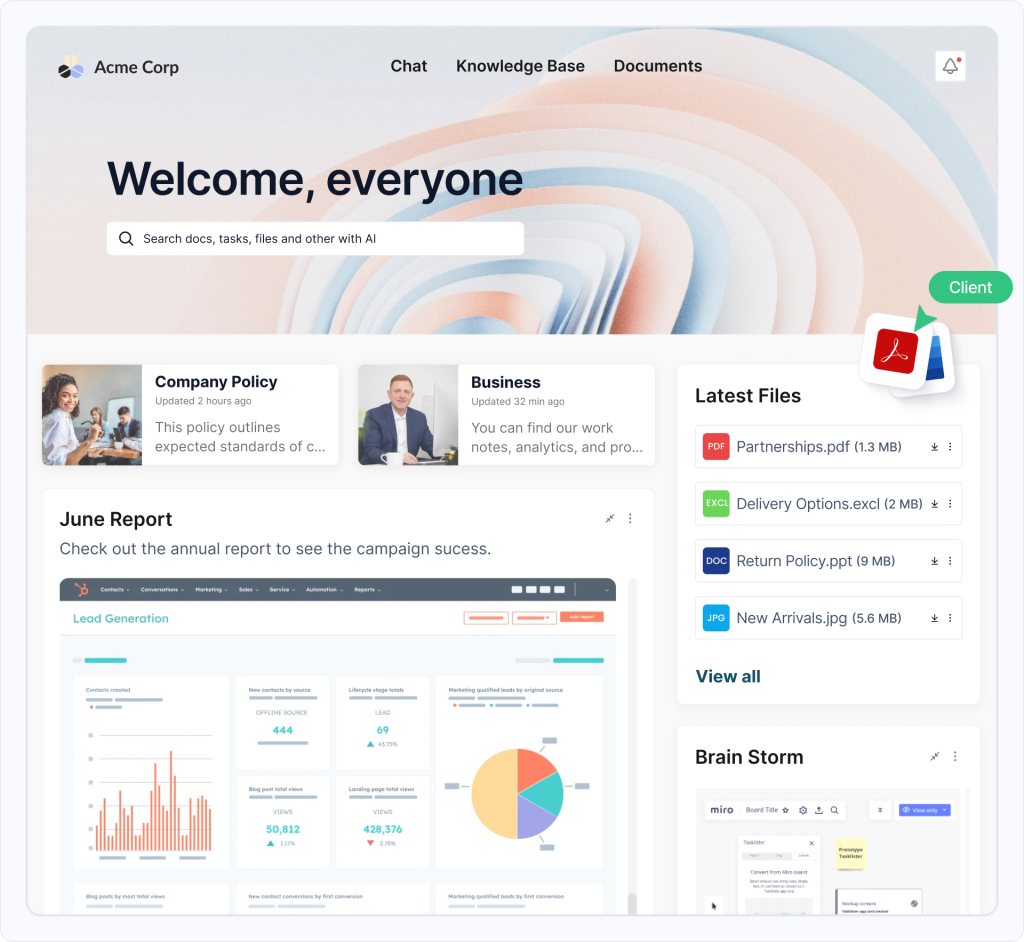
FuseBase is a comprehensive virtual data room solution that integrates document management with advanced security features. The platform distinguishes itself through OCR capabilities and innovative “super docs” functionality for versatile content management. It has client portals, knowledge bases, and internal workspaces to separate the backstage work from client-facing interfaces.
Its security infrastructure leverages Amazon S3 servers with 128-bit SSL encryption, complemented by two-factor authentication and military-grade physical security. Notable features include granular sharing controls, custom branding options, and seamless client collaboration features. The platform maintains a G2 rating 4.6 and offers a free trial period.
iDeals Virtual Data Room

iDeals delivers an efficient virtual data room implementation with a 15-minute setup promise. The platform emphasizes universal accessibility across devices and file formats while maintaining robust security protocols. Their solution features personally identifiable watermarks and sophisticated document tracking mechanisms, which are particularly beneficial for due diligence processes. With a G2 rating of 4.7, iDeals combines operational simplicity with comprehensive security measures.
Ansarada
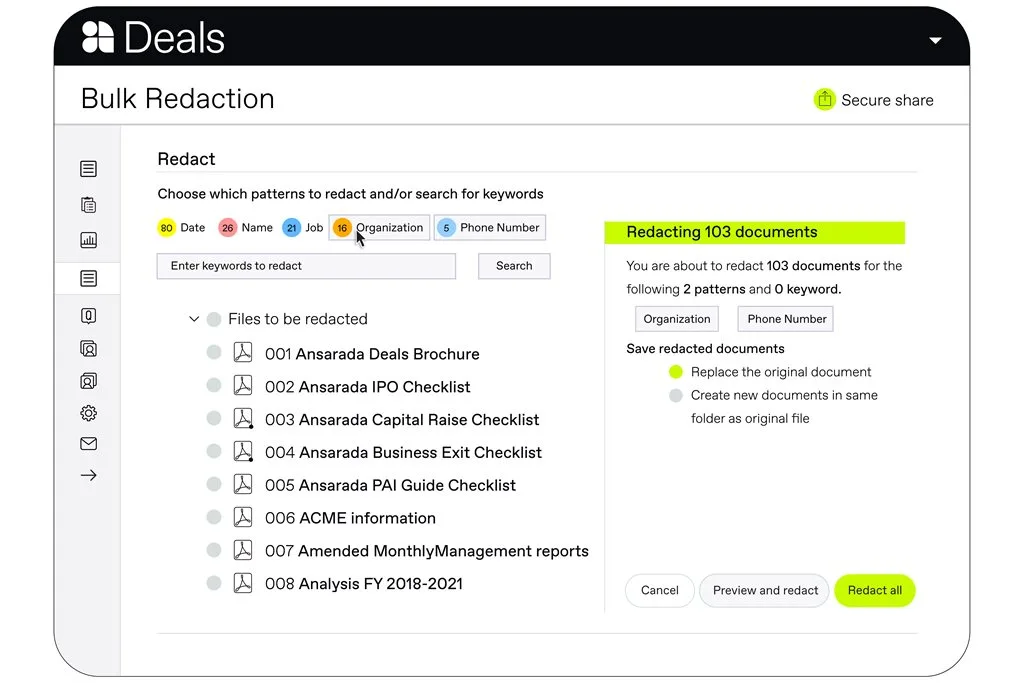
Ansarada has AI-driven capabilities and advanced data management features. The platform excels in transaction management with innovative tools like bulk AI-redaction functionality. Their solution provides detailed user behavior analytics and maintains high mobility through comprehensive mobile device support. Ansarada maintains a G2 rating 4.5 and offers flexible pricing structures alongside dedicated customer support.
Box VDR
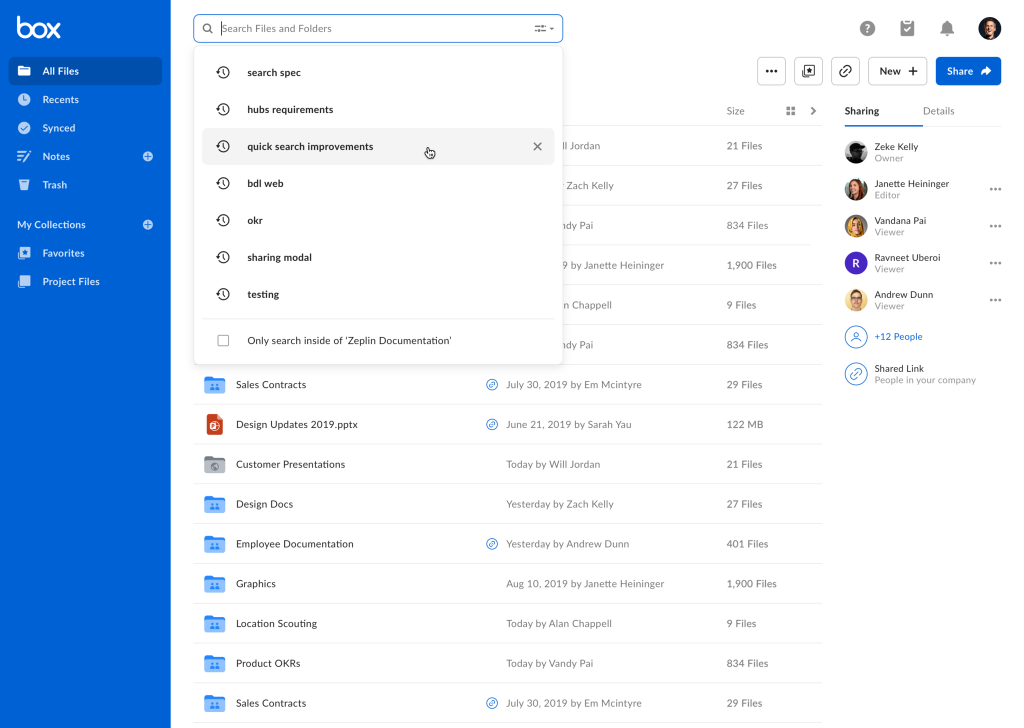
Box VDR emphasizes seamless integration and accessibility in deal management processes. The platform features extensive integration capabilities and supports over 1,400 applications. Key functionalities include in-browser document previews and advanced file-sharing security protocols. The solution incorporates machine learning through ‘Box Skills’ for enhanced data processing. Box VDR maintains a G2 rating of 4.2 and provides comprehensive compliance adherence.
Vitrium Systems
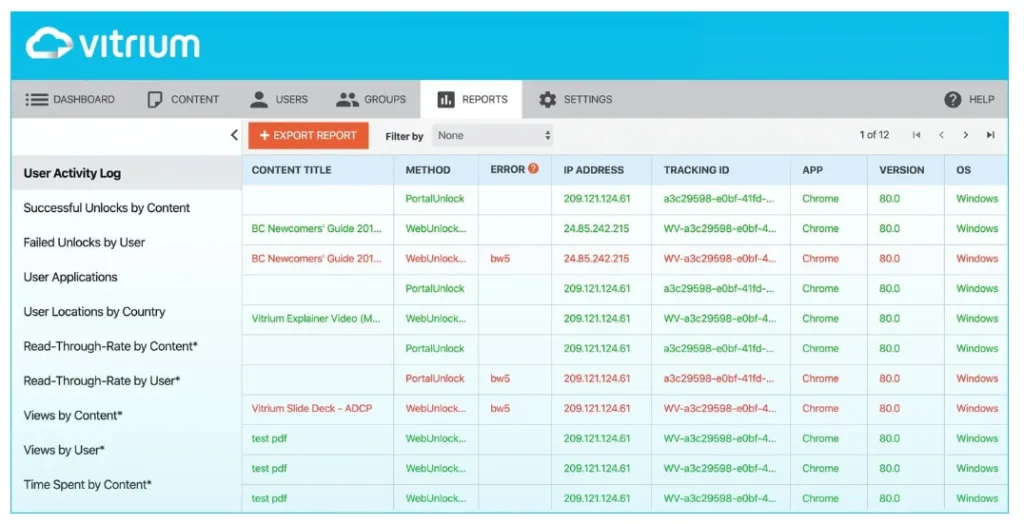
Vitrium Systems focuses on intellectual property protection through advanced Digital Rights Management (DRM) controls. The platform is excellent for managing diverse content types, from documents to multimedia files, with precise access control mechanisms. Their solution provides detailed content engagement analytics and maintains the highest G2 rating among competitors at 4.9, though notably without a free trial option.
DocSend

DocSend modernizes document management through secure link-based sharing rather than traditional attachments. The platform provides comprehensive document control features, including dynamic access management and version control. Additional capabilities include document analytics, automated NDA processing, and e-signature integration. DocSend maintains a G2 rating of 4.6 and offers a trial period for evaluation.
Syncplicity
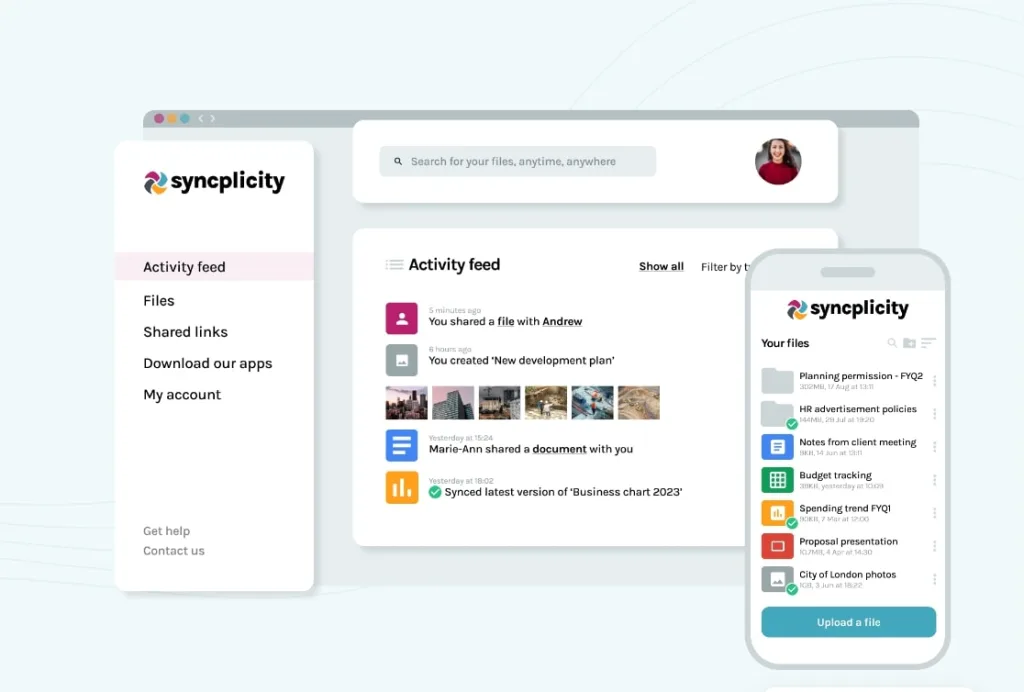
Syncplicity provides a comprehensive data room solution focusing on cross-platform accessibility and integration. The platform features 24/7 support, API accessibility, and device-agnostic synchronization capabilities. Their solution maintains compliance with major standards, including SOC II, HIPAA, and GDPR. Syncplicity achieves a Capterra rating 4.1 and demonstrates particular strength in industry-specific customization.
Wrapping Up
Each solution presents unique advantages for specific business requirements, from advanced security protocols to specialized integration capabilities. The selection process should align with organizational needs, considering security requirements, user experience preferences, and specific industry compliance standards.